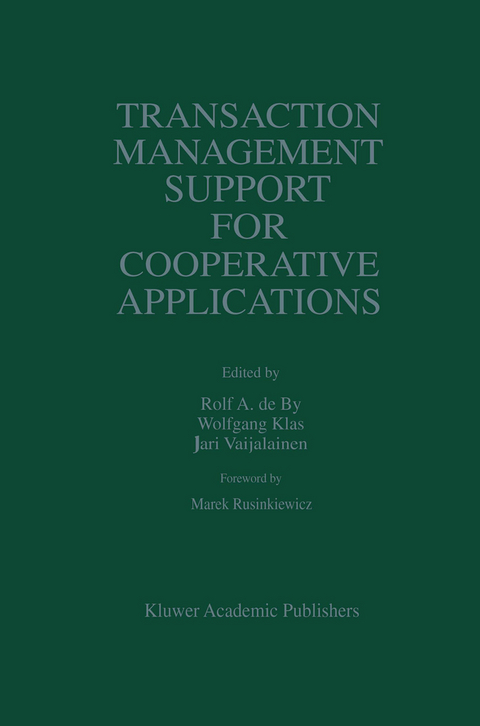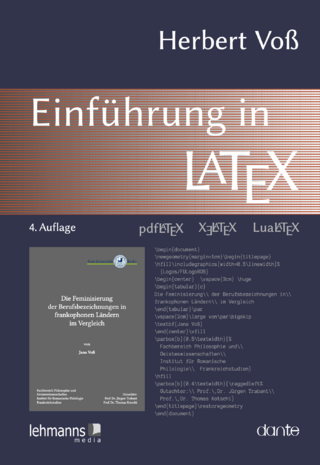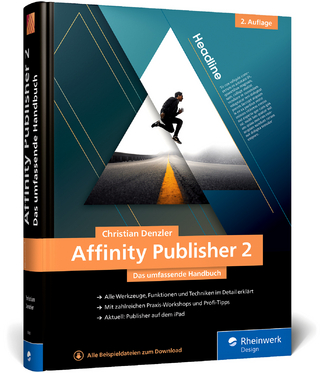
Transaction Management Support for Cooperative Applications
Springer-Verlag New York Inc.
978-1-4613-7600-2 (ISBN)
1 Introduction.- 1.1 Introduction.- 1.2 TransCoop Objectives.- 1.3 Application Requirements—The Driving Force Behind the Scene.- 1.4 Specification Language for Cooperative Transactions.- 1.5 Cooperative Transaction Model.- 1.6 Roots and Background of the Project.- 1.7 Outline of the Book.- 2 The Transcoop Paradigm.- 2.1 Introduction.- 2.2 Motivation.- 2.3 Methodology Applied.- 2.4 Technical Prerequisites.- 2.5 Terminology and Central Notions.- 2.6 Positioning TransCoop Within the CSCW Field.- 3 Transaction Models in Cooperative Work— An Overview.- 3.1 Introduction.- 3.2 a Brief History of the Term Transaction Model.- 3.3 Main Techniques to Implement the ACID Properties.- 3.4 Generalizing ACID.- 3.5 Advanced Transaction Models.- 3.6 What is a Transaction Model, What is a Transactional Framework?.- 4 Application Requirements.- 4.1 Introduction.- 4.2 Requirements from Workflow.- 4.3 Requirements from Design for Manufacturing.- 4.4 Requirements from Cooperative Document Authoring.- 4.5 Consolidated Requirements.- 5 the TransCoop Architecture.- 5.1 Introduction.- 5.2 the TransCoop Reference Architecture.- 5.3 Comparison to Related Work.- 5.4 Implementation Choices and Discussion.- 6 the Transcoop Specification Environment.- 6.1 Introduction.- 6.2 Requirements.- 6.3 a Cooperative Specification Language Paradigm.- 6.4 Example Cooperative Scenario.- 6.5 Definition of Organizational Aspects.- 6.6 Definition of Transactional Aspects.- 6.7 Integration of Organizational and Transactional Aspects.- 6.8 the CoCoA Language.- 6.9 Reflections on the Formal Model of CoCoA.- 6.10 the CoCoA Tool Set.- 6.11 Related Work.- 6.12 Discussion 140 Appendix: the CoCoA Syntax.- 7 the TransCoop Transaction Model.- 7.1 Introduction.- 7.2 Overview of the CoAct Model.- 7.3 Cooperative Activities.-7.4 Running Example.- 7.5 a Formal Model of History Merging.- 7.6 Discussion of Other Relations in the Context of CoAct.- 7.7 Summary.- 8 the TransCoop Demonstrator System.- 8.1 Introduction.- 8.2 Overview.- 8.3 the Demonstrator Application.- 8.4 the Specification Environment.- 8.5 the Runtime Environment.- 8.6 Summary.- 9 Conclusions.- 9.1 Reflections on the Cooperative Transaction Model.- 9.2 Implementation of Concepts.- 9.3 Critical Assessment.- 9.4 Extensions to the Specification Environment.- 9.5 Lessons for Transaction Management Research and Development.- References.
| Erscheint lt. Verlag | 17.10.2012 |
|---|---|
| Reihe/Serie | The Springer International Series in Engineering and Computer Science ; 433 |
| Zusatzinfo | XV, 222 p. |
| Verlagsort | New York, NY |
| Sprache | englisch |
| Maße | 155 x 235 mm |
| Themenwelt | Informatik ► Grafik / Design ► Desktop Publishing / Typographie |
| Informatik ► Software Entwicklung ► User Interfaces (HCI) | |
| Informatik ► Theorie / Studium ► Algorithmen | |
| Informatik ► Theorie / Studium ► Künstliche Intelligenz / Robotik | |
| Mathematik / Informatik ► Mathematik ► Finanz- / Wirtschaftsmathematik | |
| ISBN-10 | 1-4613-7600-9 / 1461376009 |
| ISBN-13 | 978-1-4613-7600-2 / 9781461376002 |
| Zustand | Neuware |
| Informationen gemäß Produktsicherheitsverordnung (GPSR) | |
| Haben Sie eine Frage zum Produkt? |
aus dem Bereich


